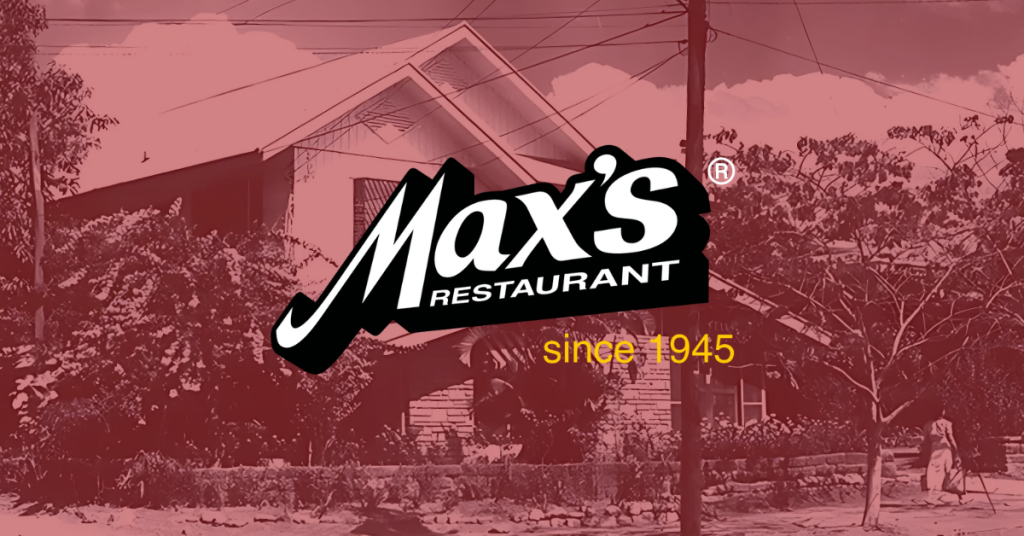Long before Max’s became a household name known for its “Sarap to the Bones” fried chicken, it was just a humble home along Dewey Boulevard—across an American military camp—where Filipino hospitality met culinary heart.
Sharon Fuentebella, chairperson of Max’s Group and part of the third generation leading the brand today, shared the family’s roots in an intimate interview. “That’s the first Max’s restaurant, founded in 1945. It was a family business at the time,” she said. The unlikely partnership that birthed the legacy? A Stanford-educated man named Maximo Jimenez, and his niece, Ruby Trota, Sharon’s grandmother.
“Ruby is the niece of Maximo Jimenez,” Sharon clarified. “So Ruby Trota is my maternal grandmother. That’s first generation, 1945.” At the time, Maximo handled the dining area while Ruby went to the palengke, bought fresh chicken, cooked it, and served it to hungry American GIs stationed across the street.
“It was a house,” Sharon added. “The structure was a house… and Ruby would be the one to go to the palengke, buy chickens at the time and then prepare it… and Maximo would be the one in the dining, you know, taking care of all these.”
What started as a cozy eatery among family members and relatives evolved into a tightly knit business. “There were like five founders,” Sharon shared, “so it was really a close-knit family.” Everyone pitched in—cousins became waiters, uncles manned the cashier, and the business grew one relationship, one chicken at a time.
The early expansion was slow but steady. “They started to branch out to Baclaran, then Ermita near UN Ave,” Sharon recalled. It wasn’t until the second generation that the brand began its major expansion—culminating in the pivotal decision to franchise in 1998.
Now a national and global brand, Max’s legacy remains rooted in something deeply Filipino: resilience, warmth, and love served on a plate. From a simple household kitchen to a fried chicken empire, the Max’s story proves that great things can start with a home, a recipe, and a family that believes.
Some quotes in this article are from an interview originally conducted for Esquire by Henry Ong and may not have been previously published.
![]()



